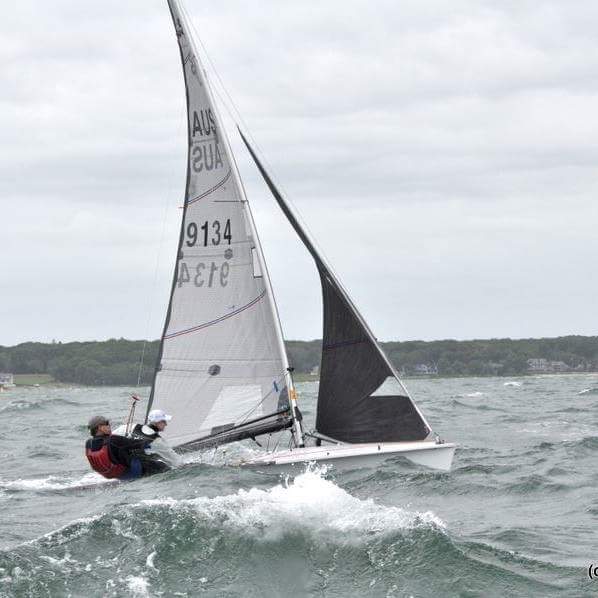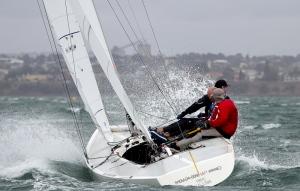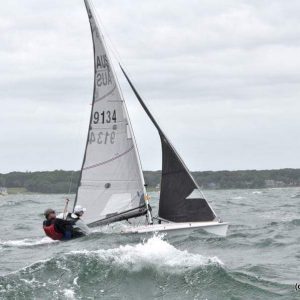


Twist, is the relative trim of your sail from top to bottom. Your sail has a lot of twist when the top of the leech is open. When you have a closed leech, this is described as little twist. Twist’s Importance and When to Use It
The effect of an increase in twist is a reduction of power. Reducing twist adds power up to the point where the sail stalls and power drops.
Twist in your sails is necessary because of surface friction. The wind is stronger the higher you go than it is at the surface. This is referred to as wind gradient.
True wind and boat speed combine to create apparent wind. The stronger true wind higher up creates stronger apparent wind and a wider apparent wind angle aloft.
The upper part of the sail must be twisted relative to the lower part to match the wider apparent wind angle up high.
Wind gradient is more pronounced in light air, and a deep sail shape, used for extra power in light air – is prone to stalling, so trimming with plenty of twist is necessary.
In moderate winds, you can trim harder without stalling flow and this harder trim with less twist adds power and improves pointing.
Twist’s Importance and When to Use It
In heavy air, as the boat gets overpowered, you flatten sails and add twist to spill power.
You sail with more twist in light air and heavy air and the least twist in moderate air.
Generally, less twist will help to point while more twist is faster giving you a wider steering groove. Coming out of a tack, for example, sails are initially trimmed with extra twist to prevent stalling while you are still slow then you trim on as the boat accelerates to full speed.
In waves and chop, you will trim with extra twist to give a more forgiving steering groove as the boat as pushed around in waves.
Reducing twist when sailing in smooth water maintains full power and a high pointing angle.
Sometimes, as conditions dictate, a combination of twist and flattening is best and one of the challenges of trimming is to achieve the correct mix of power by adjusting depth and twist to match the conditions.
Your boom vang and cunningham are two other controls at your disposal to achieve balance.
